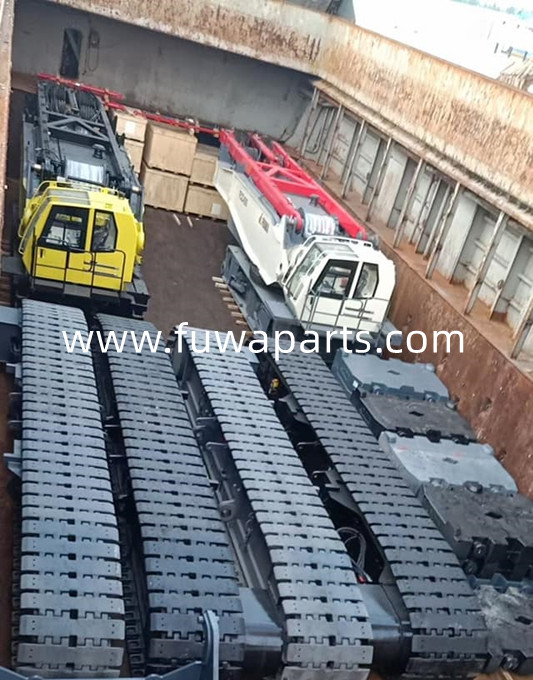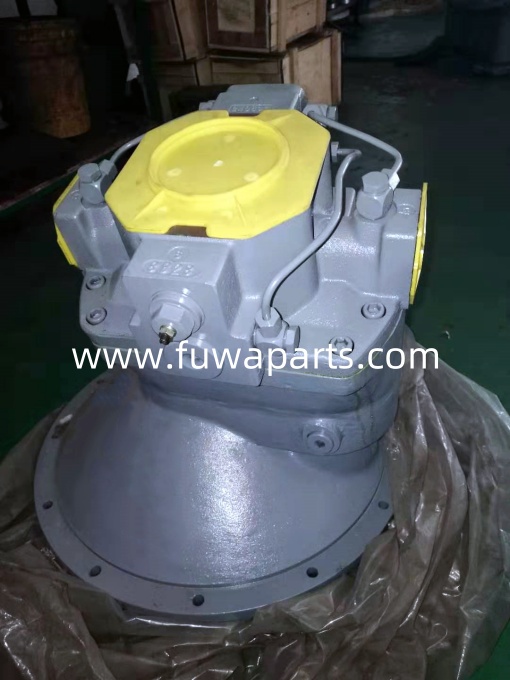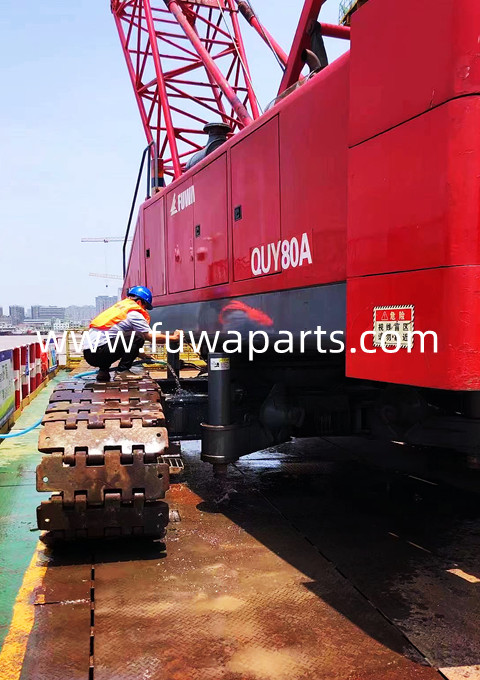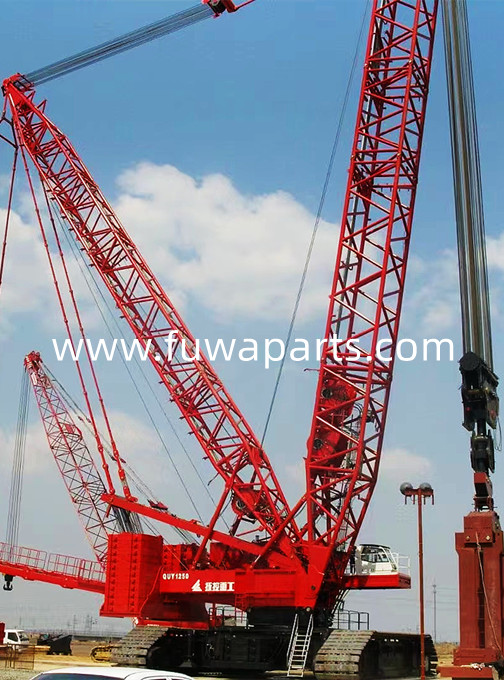What is Parts of a Crane
Views : 667
Author : fuwaparts
Update time : 2022-06-29 15:30:16
If you're wondering what goes into a mobile or overhead crane, this article will explain the various parts of the crane. You can also learn about the different parts of a lattice boom crane. These cranes are used for lifting objects in a wide variety of locations. These structures are made to lift objects that are larger than the crane's hook. All of these cranes have different parts and functions, so learning about them is helpful in determining which one is the best for your needs.
parts of a mobile crane
When a mobile crane is operating, it requires several different parts to move the load. The crane's hoist is located at the base of its boom and is attached to a cable. A winch attached to the top of the boom moves the cables and raises and lowers the load. Hydraulic pressure is used to operate many of these systems, including counterweights and outriggers. Outriggers are placed strategically along the sides of the crane and support the load. Counterweights are used to provide stability and offset the load.
There are many different parts to a mobile crane, including the boom, outriggers, and jib. All of these parts work together to safely raise and lower the load. When the mobile crane is being moved over rough or soft ground, a hydraulically operated winch will help. If there are uneven or soft ground conditions, a rubber or timber pad can be used to distribute the load. A mobile crane is never needed to be raised using a jack. It can lift and lower itself. For extra safety, use a load-radius chart to avoid any accidents.
A crane bearing is another key part, which ensures the smooth rotation of the superstructure. Its outer crown meshes with the pinion of attack. An outer toothed ring sits on the fixed part of the crane and is secured with 60 M24 screws. The turning bearing is attached to the plate and allows the movement to be transmitted to the moving part. The telescopic boom turns the crane around 360 degrees.
parts of overhead crane
You've probably wondered how to identify wear parts in an overhead crane, but how do you know if your existing system is broken? There are several reasons to inspect your crane periodically, including the condition of individual components and the overall condition of the entire system. If you notice any irregularities or signs of aging, you can replace these parts with newer, stronger versions. If the overall design of your crane is 15 or more years old, you should consider upgrading it.
The basic component of an overhead crane is the bridge frame, which is composed of a box-shaped girder and two ends. The main beam supports the hoist, and the bridge carries the lifting system. Each end of the bridge is attached to the rail track. The bridge itself has two parts: a long transmission to drive both sides of the bridge, and a separate motor to drive the driven wheels. The crane's components work together to provide a safe, reliable lifting system.
The most dangerous mistake made with an overhead crane is overloading it. Overloading a crane can be dangerous, and may even lead to the collapse of a building. For this reason, make sure to note the maximum capacity of the overhead crane and post this information clearly and prominently in all areas of operations. The weight of the load must also be known. This information can help you prevent any accidents or malfunctions that might occur.
parts of a lattice boom crane
Lattice boom cranes are best used in tall buildings and other projects that require a long span of a boom. The lattice design of the boom allows for greater mobility and stability when lifting heavy loads. These cranes also feature a long boom, which allows for more reach to higher places. Parts of a lattice boom crane include its hoist, crawlers, and wire ropes.
The main boom has several parts, including a hoist system and an angle indicator. The gantry, which extends over the superstructure, supports the support ropes and the boom itself. A hoist mechanism lifts the load and lowers it into the boom. Usually, the crane has a jib attached to the end of the boom. The jib is either fixed or hinged to the boom and may be in line with the boom.
The parts of a lattice boom crane are often damaged by inclement weather. The boom top section can become damaged by inclement weather, making it necessary to repair it as soon as possible. To avoid this, crane operators should inspect and test all components before operating the crane. It's also important to check the pendants and cables that are attached to the Jib. In addition, the overhaul ball, or headache ball, must be attached to the crane.

 How to Choose and Maintain Key Crawler Crane Components: Track Shoes, Track Pins, Drive Wheels, and Rollers
How to Choose and Maintain Key Crawler Crane Components: Track Shoes, Track Pins, Drive Wheels, and Rollers
 Some Suggestions For Hydraulic Crane Plunger Pump Oil And Venting
Some Suggestions For Hydraulic Crane Plunger Pump Oil And Venting
 FUWA QUY80A,2010 year used crane, 10000 hours working
FUWA QUY80A,2010 year used crane, 10000 hours working
 FUWA 2nd hand QUY150C on sold
FUWA 2nd hand QUY150C on sold